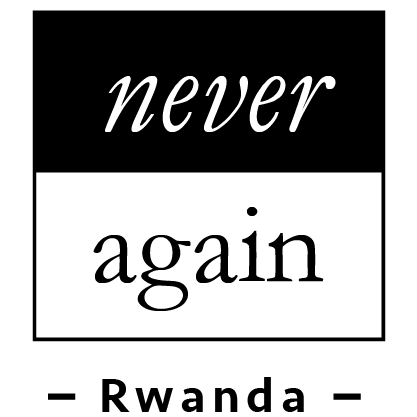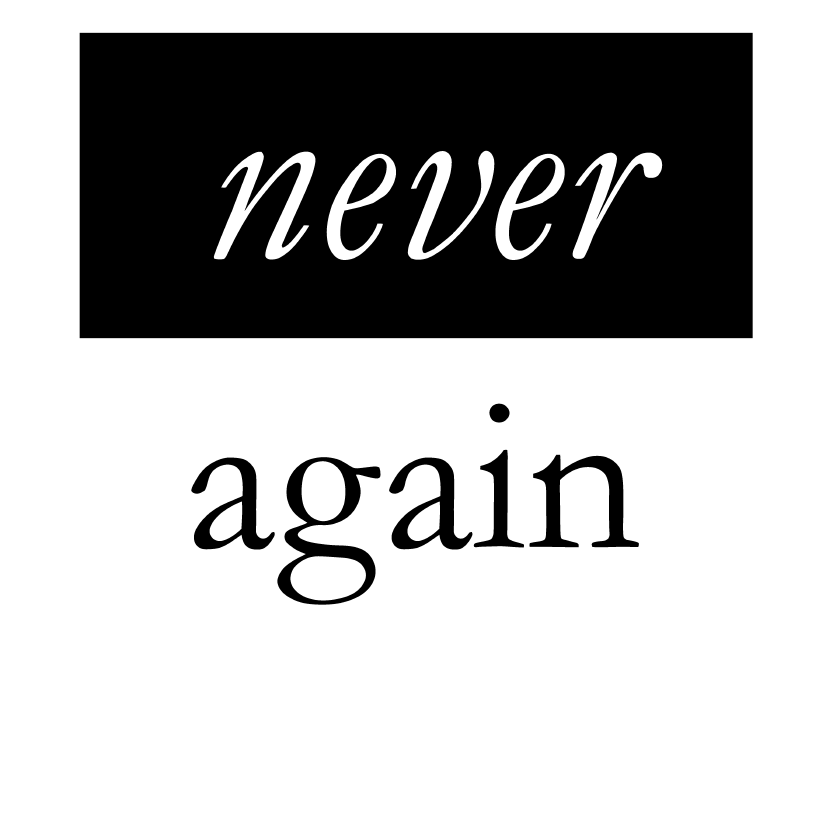Over the years, various peacebuilding scholars have recognized that peacebuilding processes would be more sustainable if they not only focus on theoretical perspectives but practical aspects as well. In our current society, poverty, violence, family conflicts economic instability, domestic violence, discrimination and early pregnancies have continually been highlighted by youth as some of the challenges to peace. To address these challenges it requires both theoretical and various practical modes of expression. The creation of platforms for youth is one of the strategies that has become useful for youth since they are able to come together to discuss about challenges to peace and in turn, learn from each other’s experience, network and change their perceptions. At some of these platforms, youth are able to showcase their creative talents like public speaking, arts, poetry, singing and drama.
One of the platforms that gives a voice to youth is Never Again Rwanda’s Public Speaking and Exchange, which begun in 2011 where youth from Rubavu and Kigali debated on commemoration, however it was realized that conducting debates on commemoration wasn’t two-sided so focus shifted to peacebuilding.
In 2014 NAR and its partners revisited the format of the Public Speaking and Exchange to incorporate “Do No Harm” approaches. As a result of the meeting, the term Public Speaking Competition was changed to Public Speaking and Exchange which took away the aspect of competition and focused more on collective efforts to promote peace, solidarity and cohesion among youth in Rwanda and the Great Lakes Region.
This year for both the local and regional exchange, discussions were organized in schools, among peace club members on the theme “Peace starts with me! How can I use my creativity to tackle the issues hindering Peace in our families, schools and communities?” From the local exchange, two students were chosen to represent their fellow youth at the Regional Public Speaking and Exchange, where students Rwanda, Uganda, DRC and Burundi worked in groups, as they gave speeches shedding light on key issues they considered as hindrances to peace. In addition each of the groups prepared a creative component to complement their speeches, which varied poems, short skits and drama among the different groups.
The element of creativity was introduced in 2016 during the Local Public Speaking and Exchange with the aim of encouraging youth to focus on realities in their communities, boost confidence most especially among youth who felt shy speaking and provide a visual representation of their speeches. Through this creative component, youth have been able to come up with constructive visual representation of their understanding of peacebuilding and issues hindering peace in their communities as well as demonstrate how they can use their talents for a good cause. The uniqueness of this creative expression especially for the Regional Public Speaking and Exchange is that the audience who don’t understand English or French since the speeches are in both languages can be able to understand the messages youth are portraying. This is considered key since youth are encouraged to share what they’ve learned with their surrounding communities of which some may not be able to fully understand both languages. One of the most eye catching creative component was demonstrated by one of the groups where they burnt a piece of paper in half to show that they detest violence and that the cycle of violence can be broken as long as there is the will.
As practicing peace builders, it is important to acknowledge the fact that peacebuidling is not a one size fits all process, it requires constant review of existing approaches that can yield a positive impact and sustainable results. Furthermore in our current diverse society youth are exposed to so much, however if they are engaged in activities that accord them responsibility and make them aware of the role in peacebuilding process, they will be less likely to actively participate in harmful acts nor be influenced to commit crimes. In this case creative expression most especially among youth enables them to show case their talents at the same time visually demonstrate how they can promote peace in their respective communities while reaching out to not only youth but their communities at large.


